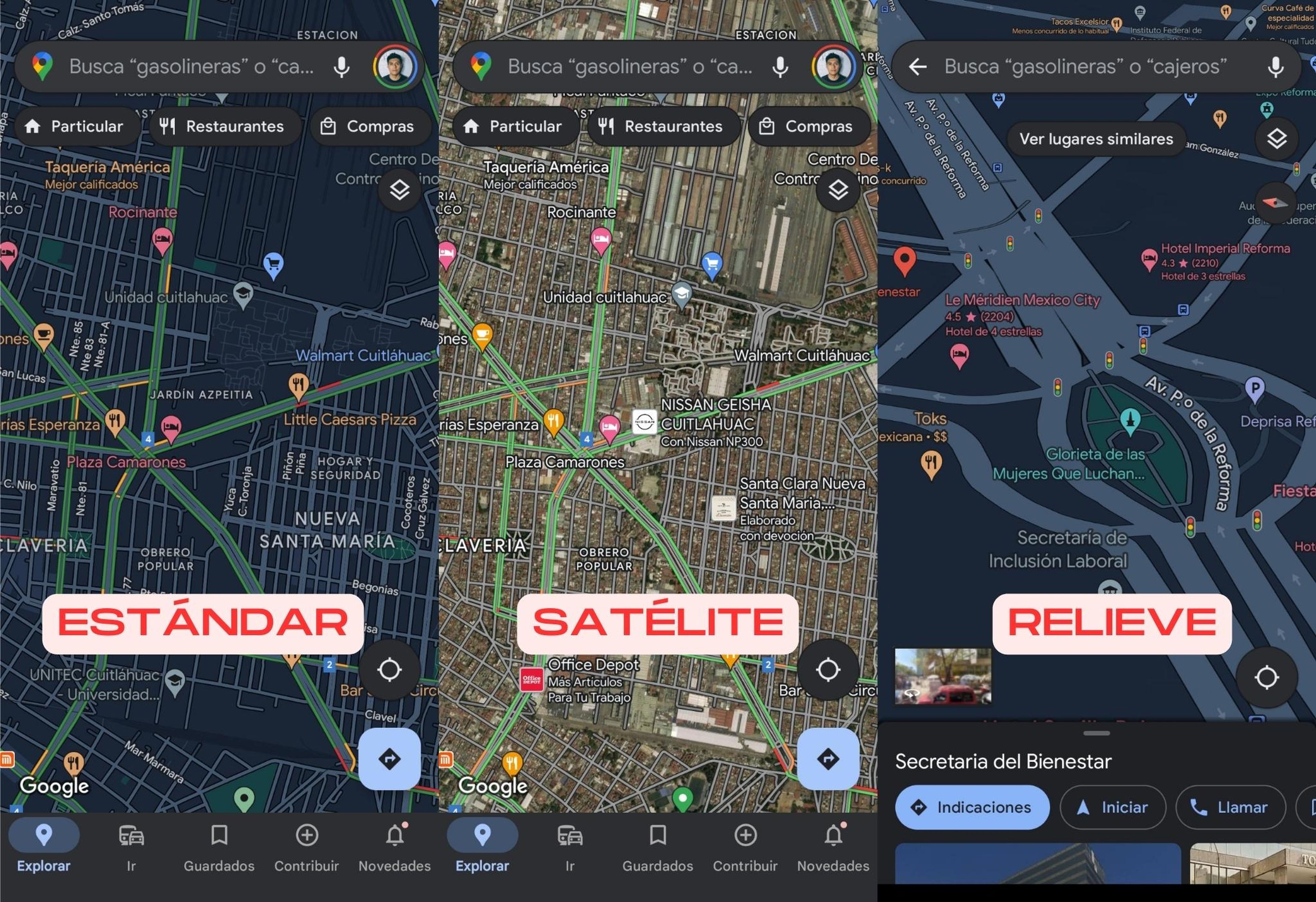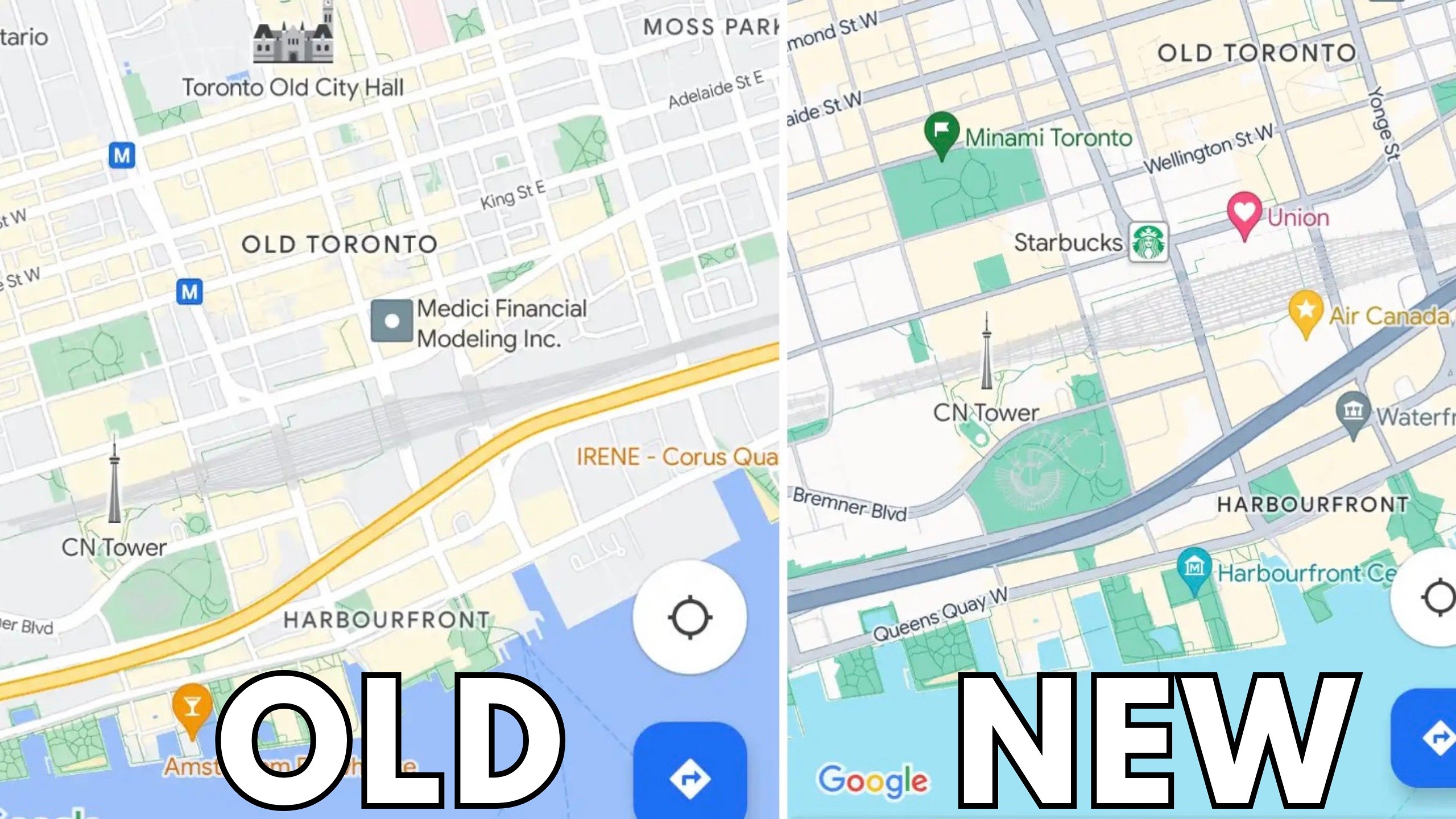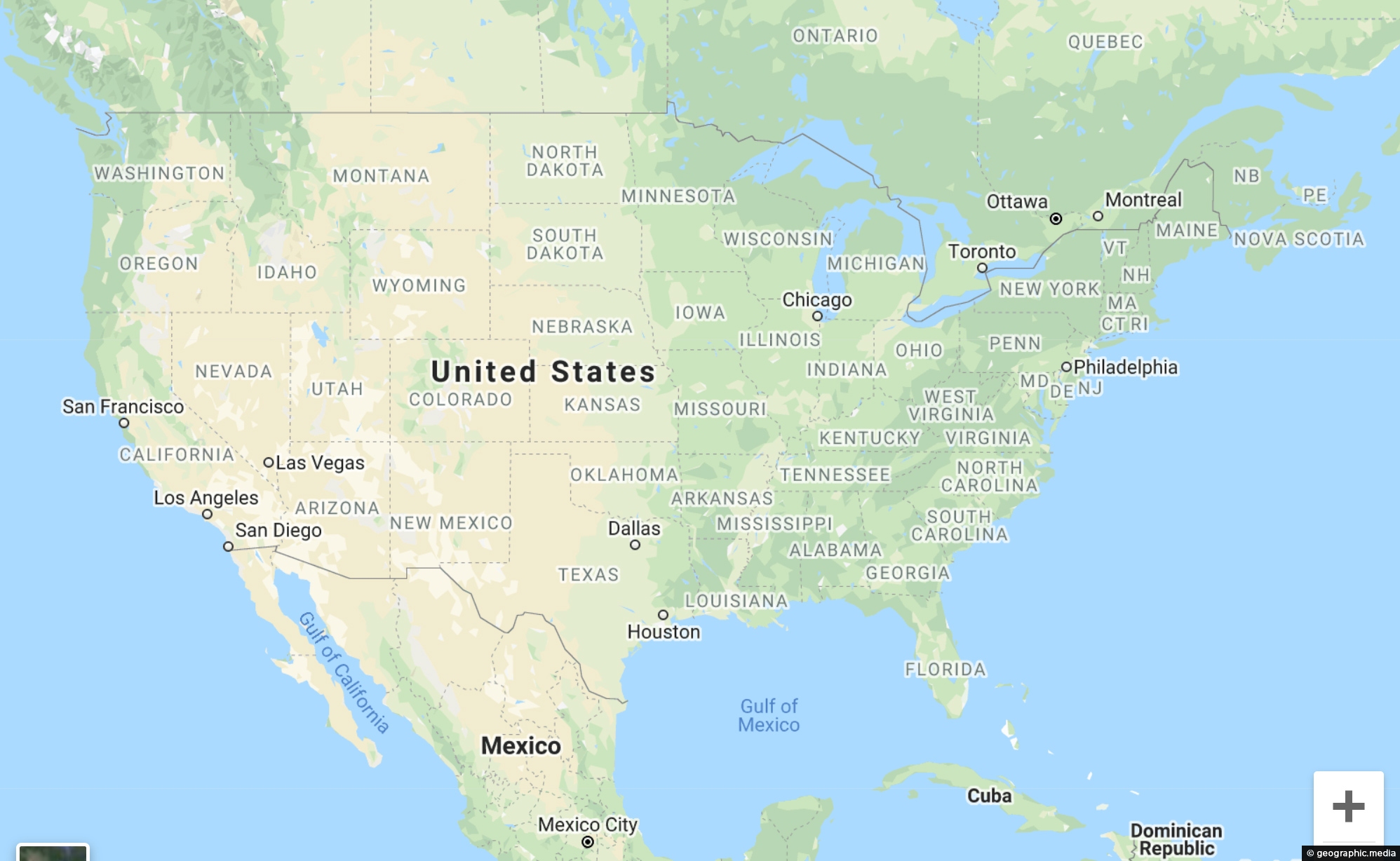
Beyond the Map: Journeying Through Living Language in the American Southwest
Forget the typical travel checklist of monuments and museums. Imagine a journey where the landscape itself is a living library, and the very act of speaking is a profound connection to generations past and future. For the discerning traveler seeking more than just a snapshot, the "maps of Native American language revitalization areas" aren’t just academic charts; they are vibrant itineraries pointing to some of the most meaningful and transformative travel experiences available today. These aren’t destinations defined by their "sights" alone, but by the powerful, ongoing work of cultural reclamation and linguistic resilience.
Let’s zoom in on one of the most prominent and impactful of these revitalization areas: the vast and breathtaking Navajo Nation (Diné Bikeyah) in the American Southwest, a place where Diné Bizaad (the Navajo language) is not merely preserved, but vibrantly lived.
The Landscape Speaks: Diné Bizaad and the Land

Driving through the Navajo Nation is an experience unlike any other. The ochre-red canyons, the towering mesas, the endless, azure sky – this is a land of profound beauty and ancient stories. But what if you understood that every rock formation, every arroyo, every star constellation has a name, a history, and a teaching embedded in Diné Bizaad? This is the core of language travel in a revitalization area.
The "maps" tell us where these efforts are concentrated, but the experience of being there reveals how deeply language is interwoven with identity and place. Diné Bizaad is a tone language, complex and deeply descriptive, reflecting a worldview that emphasizes relationship, balance, and interconnectedness. It’s a language that requires a different way of listening, a different way of seeing. For a traveler, this means moving beyond passive observation to an active engagement with the spirit of the place.
Why Diné Bizaad Matters: A Story of Resilience
To understand the beauty of visiting a language revitalization area, one must first grasp the immense historical challenge. For generations, Indigenous languages across North America faced systemic suppression through policies like boarding schools, where children were punished for speaking their native tongues. Many languages teetered on the brink of extinction. The very existence of "maps of revitalization areas" is a testament to incredible resilience, determination, and a profound commitment to cultural survival.

Diné Bizaad is a powerful example. Despite these historical traumas, it remains one of the most robust Indigenous languages in North America, with a significant number of fluent speakers. Its unique complexity even played a crucial role in World War II as the unbreakable code of the Navajo Code Talkers. Today, this legacy fuels a powerful movement to ensure its future. When you travel here, you’re not just witnessing a language; you’re witnessing a triumph of the human spirit.
Immersive Experiences: Where Language Comes Alive
So, how does a traveler engage with this vibrant linguistic landscape? It’s not about finding a "language theme park," but rather seeking out authentic interactions and supporting local initiatives.
-
Community-Led Cultural Centers and Museums: Your first stop might be the Navajo Nation Museum in Window Rock, or smaller cultural centers scattered throughout the reservation. Here, exhibits are often bilingual, offering deep insights into Diné history, cosmology, and the importance of language. Seek out storytelling events, weaving demonstrations, or traditional craft workshops where language is naturally part of the instruction. You might hear elders speaking Diné Bizaad as they explain techniques, offering a glimpse into its everyday use.
-
Supporting Local Businesses: From roadside frybread stands to artisan markets, consciously choose businesses owned and operated by Diné people. Engage respectfully. Learning a few basic phrases like "Yá’át’ééh" (hello) or "Ahéhee’" (thank you) goes a long way. You’ll find that many shop owners and artists are eager to share aspects of their culture and language with curious and respectful visitors. This isn’t just a transaction; it’s an exchange.
-
Educational Programs and Immersion Camps: While a casual traveler might not enroll in a full immersion program, awareness of these initiatives is key. Many communities host summer language camps for youth, adult classes, or workshops focused on traditional songs and stories. Sometimes, these events are open to respectful observers or volunteers. Researching local community colleges or cultural foundations (like the Diné College) can reveal opportunities for deeper engagement, even if it’s just attending a public lecture on language preservation.
-
Guided Tours with Diné Guides: This is perhaps the most enriching way to experience the land and its language. A Diné guide will not only navigate the stunning landscapes of Canyon de Chelly or Monument Valley but will also share the ancestral stories, place names, and cultural protocols that are inseparable from the land itself. They can explain how the language describes the very contours of the earth, the movements of the sun, and the significance of various plants and animals. This isn’t just a tour; it’s a living lesson in cultural cosmology.


Respectful Engagement: A Traveler’s Guide
Traveling in a language revitalization area requires a heightened sense of cultural sensitivity and respect.
- Listen More Than You Speak: Be an attentive observer. The sounds of Diné Bizaad, whether in conversation, song, or prayer, are powerful.
- Ask Permission: Before taking photos of people, especially elders or children, always ask for permission. Be mindful of cultural ceremonies, which are often private and not for public photography.
- Learn Basic Phrases: Even a few words show respect and an effort to connect. "Yá’át’ééh" (hello), "Ahéhee’" (thank you), and "Diné bizaad yíhooł’aah" (I am learning the Navajo language) are great starters.
- Support the Efforts: Your tourist dollars, when spent ethically, directly contribute to the economic well-being of the community, which in turn supports language programs and cultural initiatives.
- Be Patient and Open: You might encounter different customs, paces of life, and ways of communicating. Embrace the learning experience with an open heart and mind.
The Future is Bilingual: Youth and Technology
One of the most inspiring aspects of language revitalization in the Navajo Nation is the involvement of its youth. Far from being seen as an archaic tongue, Diné Bizaad is being embraced by a new generation. Schools teach it, community programs encourage it, and young artists are incorporating it into music, poetry, and visual arts. Technology plays a vital role too, with apps, online dictionaries, and social media groups dedicated to learning and using the language. When you visit, you’ll see this blend of tradition and modernity—a teenager texting in Diné Bizaad, or a child learning traditional songs in their school. This dynamic energy is what makes these revitalization areas so hopeful and vibrant.
Beyond the Navajo Nation: A Broader Call to Action
While the Navajo Nation offers a compelling example, remember that the "maps of Native American language revitalization areas" encompass dozens of distinct Indigenous nations across the continent, each with its unique language, culture, and revitalization journey. From the vibrant Hawaiian language immersion schools to the ongoing efforts to reclaim Salish languages in the Pacific Northwest, and the Ojibwe language nests in the Great Lakes region – these maps are a guide to countless profound travel opportunities.
Each dot on these maps represents a community actively fighting for its linguistic soul. By choosing to travel consciously to these areas, by engaging respectfully, and by supporting local initiatives, we do more than just sightsee. We become part of a larger story of cultural persistence, resilience, and the enduring power of human connection.
Conclusion: Travel with Purpose, Speak with Heart
Traveling to a Native American language revitalization area, particularly a place as culturally rich as the Navajo Nation, is not just a trip; it’s an education. It’s an opportunity to move beyond the superficial and engage with the profound, to witness firsthand the immense effort and passion involved in keeping ancient languages alive.
The maps are merely the beginning. They point the way to living cultures, vibrant communities, and a deeper understanding of America’s true heritage. So, next time you plan a journey, consider venturing beyond the well-trodden paths. Seek out a place where the language itself is the destination, and discover a world where every word is a journey, and every conversation is an act of hope. It’s a travel experience that will resonate long after you’ve returned home, reminding you that the richest journeys are often those that help preserve the very soul of humanity.
